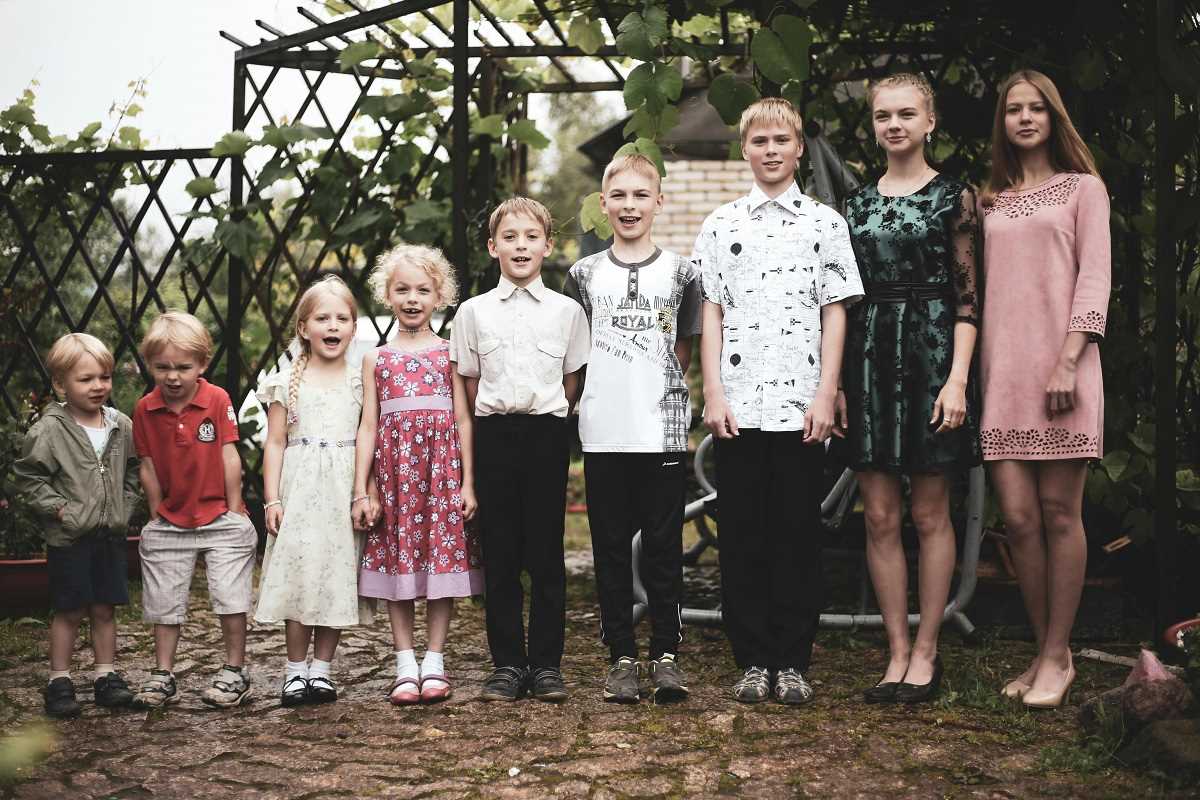Sibling relationships are among the most enduring bonds in a person’s life, often lasting longer than friendships, marriages, or even relationships with parents. But these bonds are shaped by many factors, including personality, family structure, and unique life experiences. One intriguing factor that often comes into play is birth order. Psychologists and researchers have long studied how being the firstborn, middle child, youngest, or even the only child can influence an individual’s personality and the dynamics of sibling relationships.
Birth order doesn't dictate a person's life, but it often explains patterns in behavior and interaction. By understanding these patterns, families can foster healthier relationships and a deeper appreciation of each sibling’s role.
The Dynamics of Birth Order
Birth order theory proposes that the position a child holds in their family—oldest, middle, or youngest—affects their personality, behavior, and interactions with siblings. This theory, popularized by psychologist Alfred Adler in the early 20th century, suggests that children’s roles within a family are shaped by the expectations and treatment they experience based on their order of birth.
While no two families are exactly alike, there are some consistent trends in how birth order impacts sibling dynamics and relationships. Exploring these traits provides insight into why siblings might clash, connect, or support each other in unique ways.
Firstborns: The Natural Leaders
Firstborn children often find themselves in the role of leader within the family, whether they want it or not. They are typically given extra responsibility as the first to test the waters of life, and they may develop traits such as:
- Responsibility and Ambition - Parents are often most cautious and attentive with their first child, setting high expectations. This can lead firstborns to develop a sense of responsibility early on, translating into leadership skills and a drive to succeed.
- Rule-Following and Perfectionism - With parents closely monitoring their every move, firstborns may become rule-followers or perfectionists. They take on the role of “mini-parents” to younger siblings, enforcing rules or helping with their care.
- Challenges in Flexibility - Because they are used to being the center of attention and having order, some firstborns struggle when their role shifts—like when a younger sibling enters the family. Jealousy or rivalry may arise as they fight to maintain that sense of importance.
Middle Children: The Relators
Middle children grow up with both older and younger siblings, which places them in a unique position. They often experience less attention compared to their older or younger siblings, which can shape their personality in several ways, such as:
- Peacemaking and Diplomacy - Middle children are often seen as mediators within the family. They learn to negotiate and compromise, skills honed by navigating between siblings with different needs and personalities.
- Independence and Adaptability - Because they may feel overlooked by parents who focus more energy on the eldest or youngest child, middle siblings often seek attention and validation from peers outside the family. They learn to adapt and find their own unique role outside of the spotlight.
- A Desire to Stand Out - Middle children may work hard to carve out an identity distinct from their siblings. For example, if the eldest excels academically, the middle child might become the family athlete or artist to avoid being compared.
Youngest Children: The Free Spirits
Youngest siblings are often considered the family’s “baby,” a role that comes with unique privileges and challenges. They tend to receive a more relaxed version of parenting since parents are often less strict or worried by the time the youngest reaches certain milestones.
- Charming and Outgoing - Youngest children often develop strong social skills to capture attention. Their charming and playful nature may make them the life of the party.
- Risk-Taking and Experimental - Since they benefit from observing their older siblings’ successes and mistakes, youngest children may feel freer to take risks or push boundaries.
- Dependent or Sheltered - On the flip side, youngest siblings can sometimes rely too heavily on their older siblings or parents, leading to a sense of dependency. They may also struggle to be taken seriously due to their “baby” status, which can cause friction in sibling relationships later in life.
Only Children
When there are no siblings in the equation, the dynamics shift entirely. Only children usually receive undivided attention from their parents, which can result in:
- Maturity and Confidence - The lack of sibling competition allows only children to develop confidence and a strong sense of individuality.
- High Expectations - With parents’ sole focus on them, only children often face significant pressure to meet high expectations. While this can foster ambition, it may also lead to stress.
- Limited Experience with Conflict - Without siblings to challenge their opinions or compromise with, only children may struggle with collaboration later in life.
Factors Influencing Sibling Dynamics
While birth order is a powerful factor, it interacts with other elements that can influence sibling relationships, such as:
- Family Size and Spacing - A family with three or more children often sees more complex dynamics compared to a smaller family. The larger the family, the likelier it is for middle children to feel “lost.” Spacing between siblings also matters; siblings closer in age may have more intense competition, while wider age gaps result in older siblings taking on more parental roles.
- Parental Dynamics - Parents play a significant role in shaping sibling relationships. If parents favor one child over another—intentionally or not—it can intensify rivalry or resentment. Parental involvement and encouragement of teamwork rather than competition can help strengthen bonds.
- Cultural Influence - Cultural norms around family structure and sibling roles vary widely. For instance, in some cultures, eldest siblings are expected to care for younger ones well into adulthood. Cultural values can affect how siblings relate to one another and what roles they assume within the family.
Birth Order in Action
Birth order traits aren’t strict rules but rather tendencies. For example, an eldest child might lead naturally but will welcome the independence of their younger siblings. A youngest sibling, often used to being pampered, might step up during family challenges to surprise everyone with their resilience.
Consider this scenario:
- An eldest sibling, Laura, is highly responsible and takes on the role of organizing family events.
- Her middle brother, Ryan, often acts as the family mediator whenever tensions arise.
- Their youngest sister, Mia, brings humor to lighten the mood during serious discussions.
While these roles can create balance, they can also spark conflict. Laura might feel frustrated if she perceives Ryan and Mia as less responsible. Ryan might long for recognition, and Mia may struggle to be taken seriously. Understanding birth order can help each sibling see these roles as strengths rather than limitations.
Bridging Gaps and Building Bonds
Understanding birth order can bring clarity and compassion to sibling relationships. By recognizing why an eldest might be bossy or why a middle child craves independence, families can approach each other with empathy.
Tips for Encouraging Positive Dynamics:
- Acknowledge Individual Strengths - Celebrate each sibling’s unique qualities and contributions to the family.
- Avoid Labels - Refrain from labeling siblings as “the smart one” or “the funny one.” These labels can create unnecessary pressure and limit personal growth.
- Facilitate Communication - Open conversations encourage siblings to express their feelings and resolve conflicts constructively.
- Encourage Teamwork - Assign shared responsibilities to encourage collaboration and mutual respect.
While birth order isn’t the only factor shaping sibling relationships, it offers valuable insights into behavior and dynamics. By understanding these patterns, families can focus on creating an environment where all siblings feel valued and appreciated.
Sibling relationships are meant to grow and evolve over time, and with patience and understanding, they can become a source of lifelong support, love, and joy. Whether you’re the eldest, middle, youngest, or only child, there’s always room for stronger bonds and better connections.






.jpg)
.jpg)